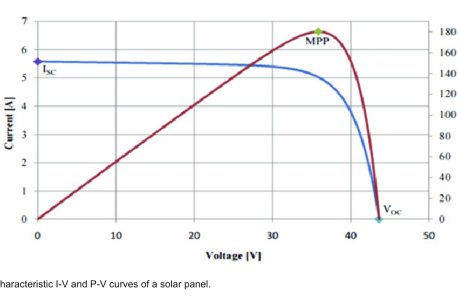Neeves
Well-Known Member
I wish I had not askedCheaper BMSs, including those found within the budget 'drop in' batteries, do not have separate charge and load buses. So if you relied on the BMS to regulate charging, you'd find the battery going offline and you'd have no power.
By the way, there is a type of BMS, the Electrodacus, which is designed to also function as a charge controller. Only works with 12v (nominal) panels, and it's strictly a DIY job. I investigated it and despite its many advantages chickened out, it seemed a very complicated solution.
If the BMS of the drop in batteries does not regulate charging ..... what does it do?
Budget lithium batteries are sold with a BMS - what does it manage ... if not charging (and cell equalisation) and I recall Geem suggesting they mostly were poor at managing cell equalisation (which is why he does not like the internal BMS).
Jonathan

